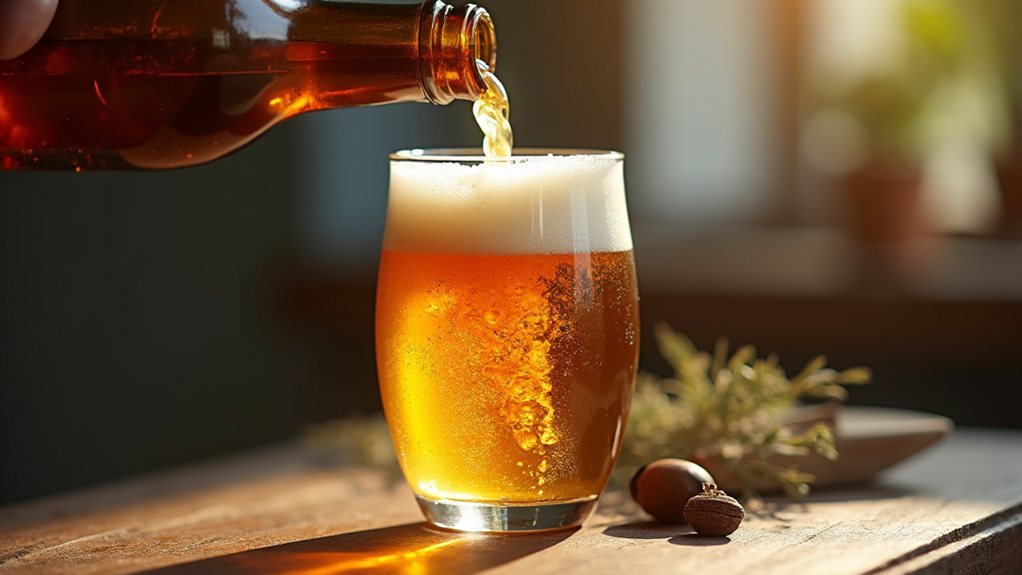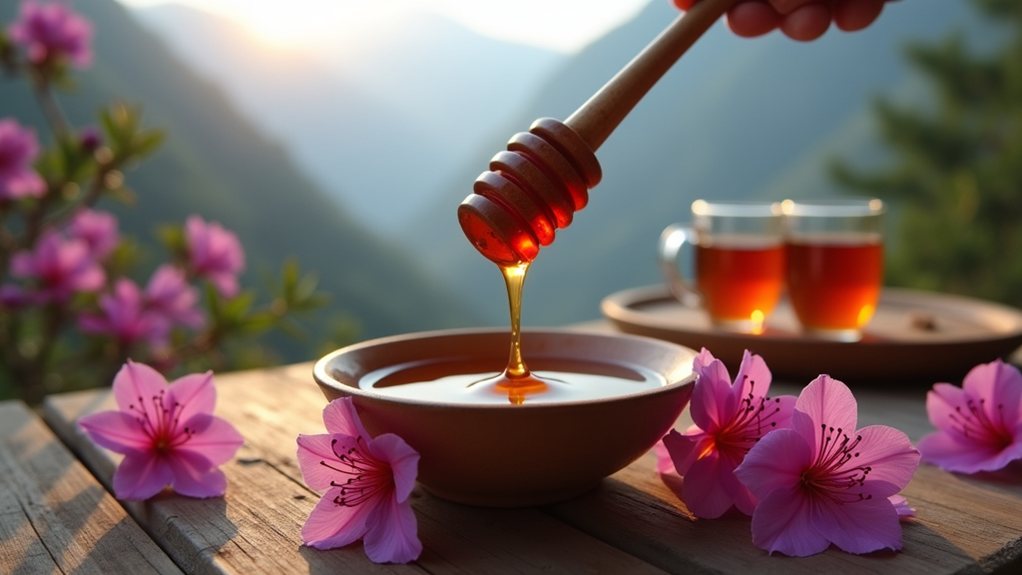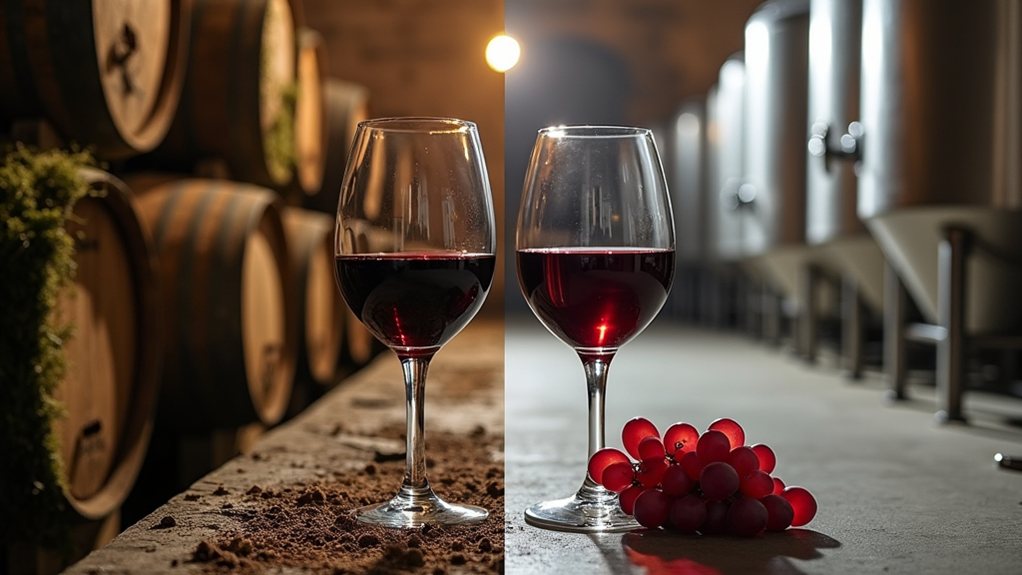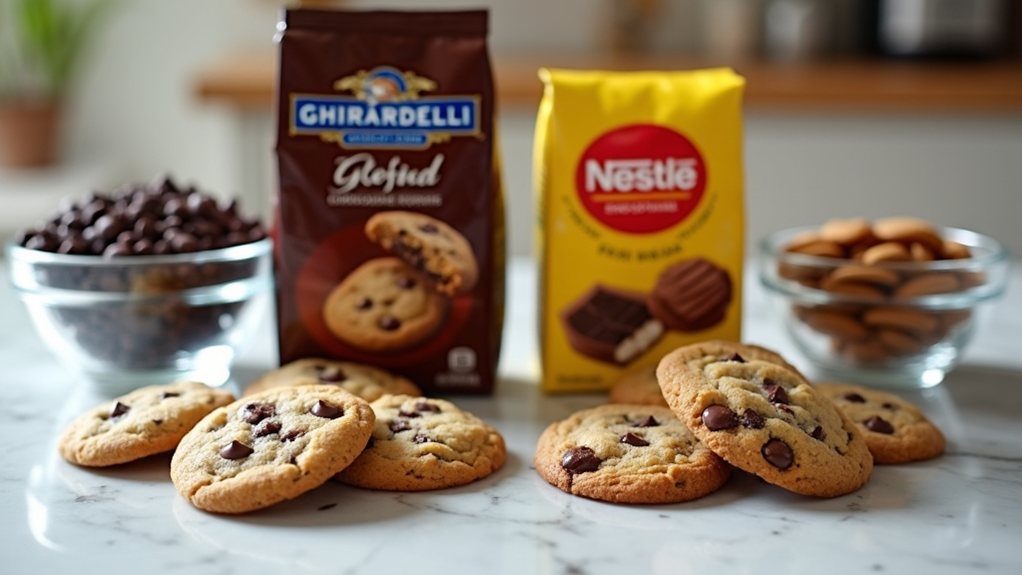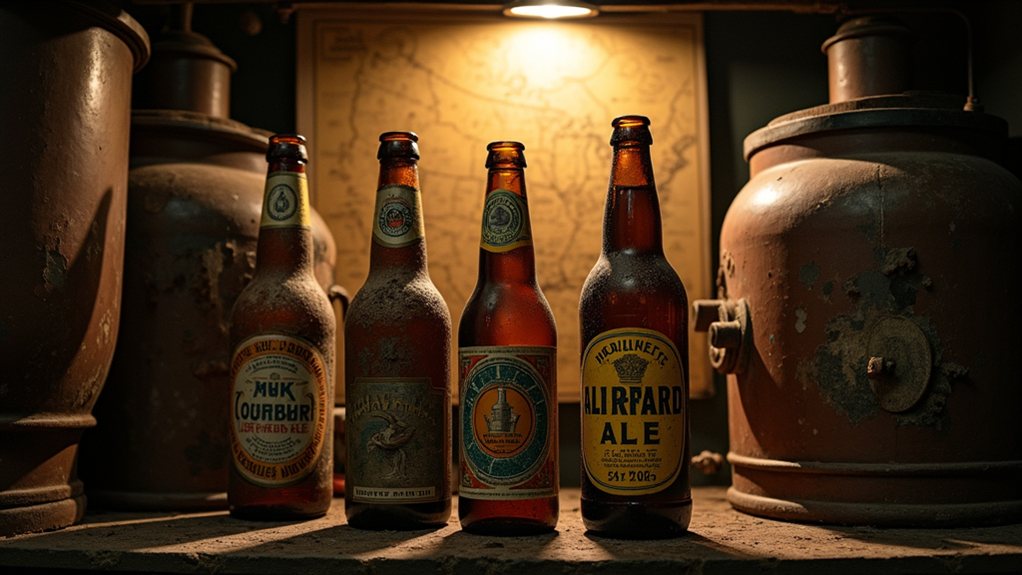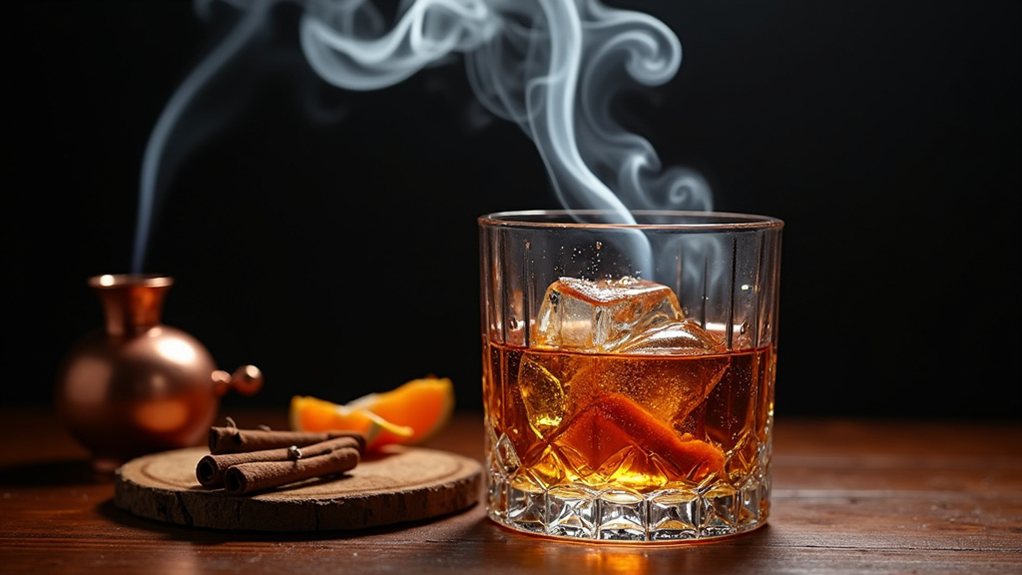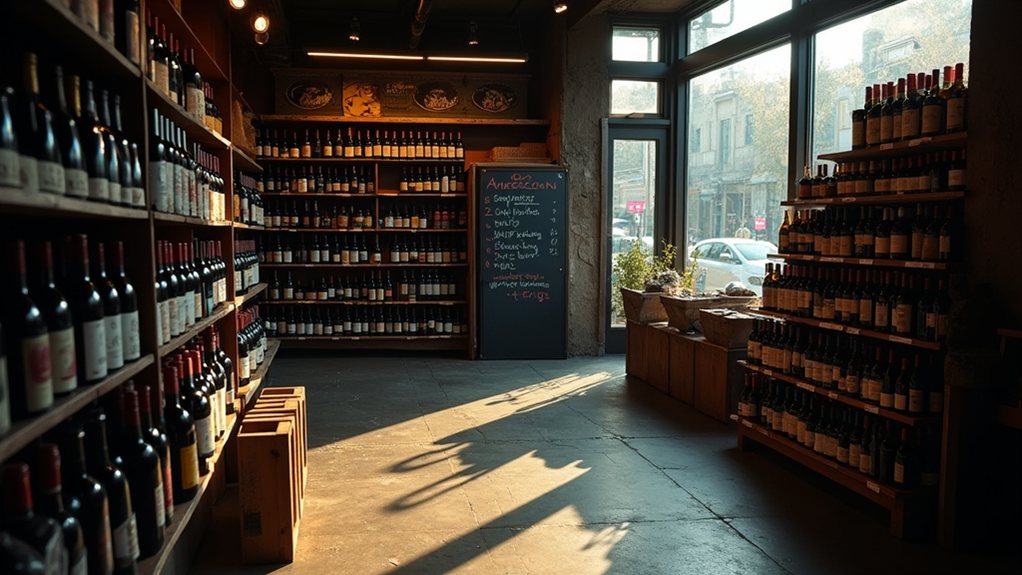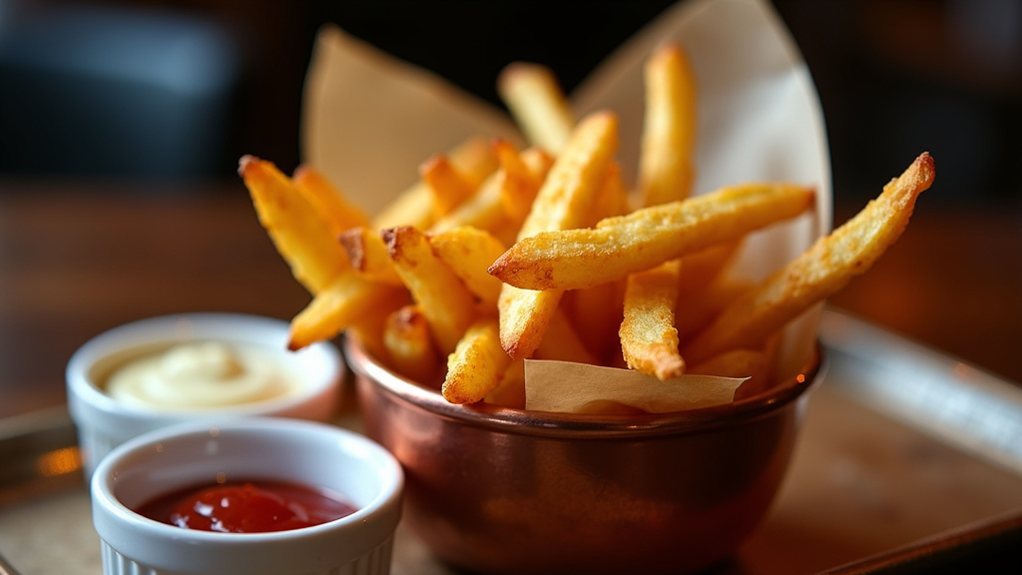Modern craft beer enthusiasts often notice a layer of sediment at the bottle’s bottom, prompting curious glances and occasional concern. This natural residue tells a story of living beer, created through bottle conditioning—a traditional method where brewers add yeast and sugar before sealing. The process transforms ordinary beer into a dynamic beverage that evolves in flavor and complexity over time. What exactly happens inside those bottles when brewers let nature take its carbonating course?
The Alchemy of Natural Carbonation
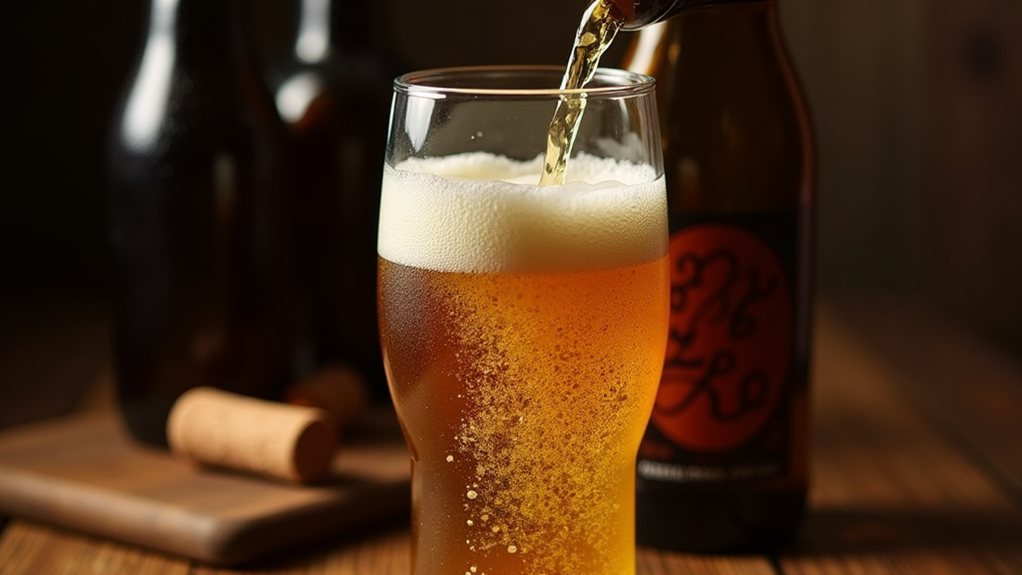
Tucked away within the time-honored traditions of brewing lies the art of bottle conditioning, a natural carbonation method that improves beer beyond mere beverage to living creation. This technique involves adding a precise amount of yeast and sugar to beer before bottling, initiating a secondary fermentation process that creates carbonation naturally. As the yeast consumes these sugars, it produces carbon dioxide that becomes trapped within the bottle, resulting in the effervescence beer drinkers enjoy.
The process leaves behind sediment at the bottle’s bottom, a collection of dead yeast cells that, while sometimes misunderstood, is completely safe to consume. For specific styles like Hefeweizen, this yeasty presence is not only accepted but embraces the cloudiness as part of the beer’s intended character.
The mysterious sediment is simply nature’s signature—harmless yeast remains that tell the tale of fermentation’s final act.
Bottle conditioning offers numerous benefits that force-carbonated alternatives simply cannot match. The living yeast continues to consume oxygen within the sealed bottle, which helps maintain freshness and protect delicate hop flavors that might otherwise deteriorate. This natural process creates a smoother mouthfeel and allows the beer to develop more complex flavors over time, similar to how fine wines mature. Similar to how aquafaba creates lasting creamy head on cocktails, the natural carbonation in bottle-conditioned beers produces a rich, persistent foam that enhances presentation and drinking experience.
Each bottle-conditioned batch develops unique characteristics, with flavors that evolve and deepen as months or even years pass. Enthusiasts of bottle-conditioned beers appreciate how these brews mature with time, developing deeper complexity and more harmonious flavor profiles.
Proper storage plays a vital role in the development of these beers. Experts recommend keeping bottles upright at approximately 53.6°F to allow sediment to settle naturally and prevent over-carbonation. Unlike their force-carbonated counterparts, bottle-conditioned beers generally shouldn’t be refrigerated, as cold temperatures greatly slow the fermentation process.
When serving, a gentle pour helps make certain the yeast sediment remains in the bottle rather than clouding the glass.
Many traditional styles adopt this technique, including revered Trappist ales, Belgian lambics, and select IPAs like Dogfish Head’s Squall. The method dates back centuries but continues to find appreciation among craft brewers and connoisseurs seeking depth and complexity. This authentic approach stands in stark contrast to some commercial beers that face legal disputes over their production origins and authenticity claims.
When you open a bottle-conditioned beer, you’re not just pouring a drink – you’re experiencing a living transformation, the culmination of a brewer’s art working in harmony with nature’s simplest organisms.
